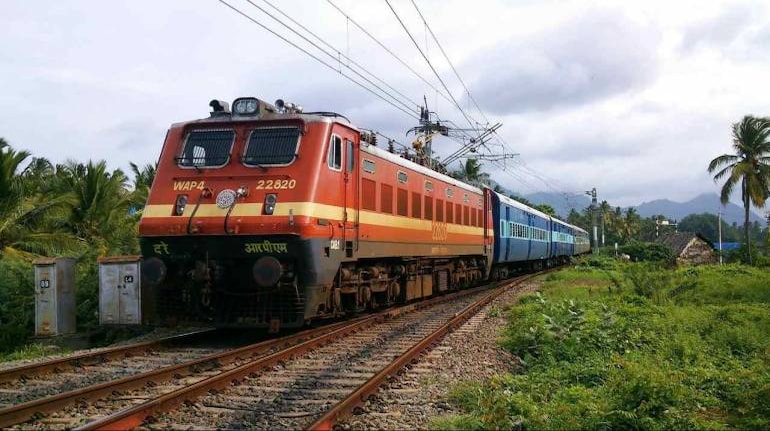
Around 20% of online train ticket inventory has opened for the public: Report
RailYatri said it is currently seeing around 2,500-3,000 daily bookings, which is around 50 percent of demand prior to March
by Moneycontrol NewsAround 20 percent of train ticket inventory has been opened for online booking with many train services gradually being started by the Indian Railways, a top executive of RailYatri said.
Due to the COVID-19 induced lockdown, Indian Railways had suspended all passenger trains from March 25. However, on May 1, railways gradually started Shramik Special trains for migrant workers and by September 12, more than 230 special trains became operational for passengers.
Indian startup company, RailYatri, an online train booking platform, works directly with the Indian Railway Catering and Tourism Corporation (IRCTC) to list train tickets directly on its platform.
The company said that it is currently seeing around 2,500-3,000 daily bookings, which is around 50 percent of the demand it had before March.
COVID-19 Vaccine
Frequently Asked Questions
View more
How does a vaccine work?
A vaccine works by mimicking a natural infection. A vaccine not only induces immune response to protect people from any future COVID-19 infection, but also helps quickly build herd immunity to put an end to the pandemic. Herd immunity occurs when a sufficient percentage of a population becomes immune to a disease, making the spread of disease from person to person unlikely. The good news is that SARS-CoV-2 virus has been fairly stable, which increases the viability of a vaccine.
How many types of vaccines are there?
There are broadly four types of vaccine — one, a vaccine based on the whole virus (this could be either inactivated, or an attenuated [weakened] virus vaccine); two, a non-replicating viral vector vaccine that uses a benign virus as vector that carries the antigen of SARS-CoV; three, nucleic-acid vaccines that have genetic material like DNA and RNA of antigens like spike protein given to a person, helping human cells decode genetic material and produce the vaccine; and four, protein subunit vaccine wherein the recombinant proteins of SARS-COV-2 along with an adjuvant (booster) is given as a vaccine.
What does it take to develop a vaccine of this kind?
Vaccine development is a long, complex process. Unlike drugs that are given to people with a diseased, vaccines are given to healthy people and also vulnerable sections such as children, pregnant women and the elderly. So rigorous tests are compulsory. History says that the fastest time it took to develop a vaccine is five years, but it usually takes double or sometimes triple that time.
“We (RailYatri train bookings) have recovered to about 50-55 percent of the bookings that we used to process before March. This is because only about 15-20 percent of a trains' inventory (has opened up for online bookings). We used to process around 5,500-6000 daily bookings (for trains) before March," Manish Rathi, Chief Executive, RailYatri, said.
According to Rathi, before the COVID-19 lockdown, around 40-45 million people were travelling daily across long-distance travel, excluding the shorter routes.
"Around 90-95 percent used trains and buses to cover this distance, while the rest of long-distance travel happens via flights and taxis," he added.
Apart from train bookings, the company also launched the bus booking option last year, but the same is mostly dedicated to users whose train tickets are on the waiting list.
Mint reported that black-marketing of tickets, low capacity on non-premium trains and the rising influence of middlemen in train ticketing are contributing factors to the wait-listed tickets.
However, RailYatri believes that there is still a large opportunity to seed these wait-listed train tickets with buses on the same routes.
Currently, the data science startup, IRCTC and Railofy, is seeding wait-listed train tickets with flights, but buses can be an affordable option.
“For long-distance travellers, there shouldn’t be any friction to move from trains to buses (and vice versa), especially in a country like India. Unless this kind of integration isn’t possible, we will have long wait-lists on trains. We also have to ensure than the inter-city and inter-state buses do not run at half the capacity to fix the wait-list problems on trains," Rathi added.